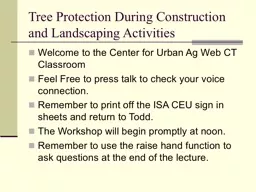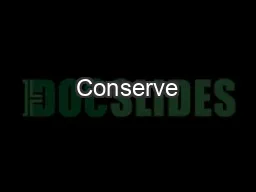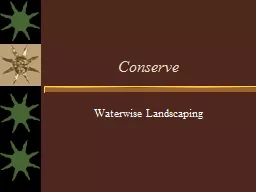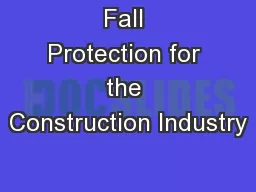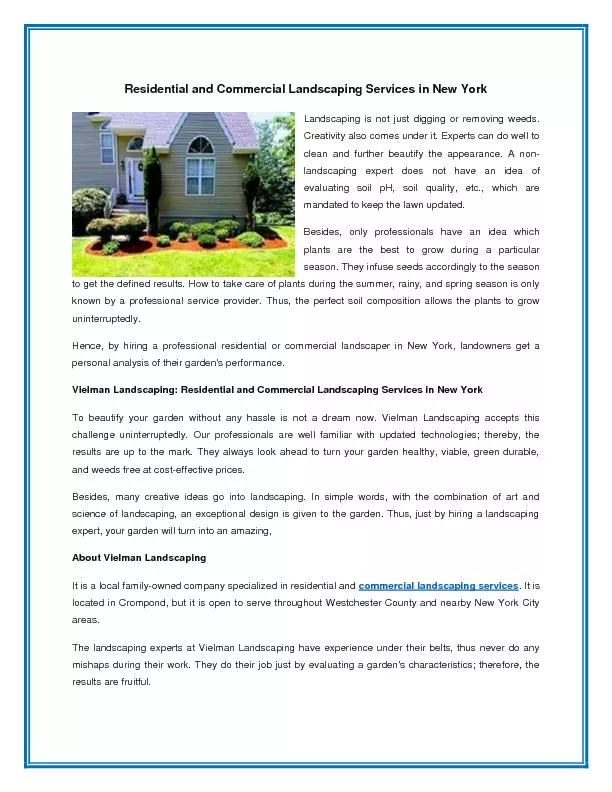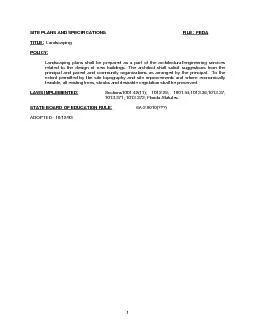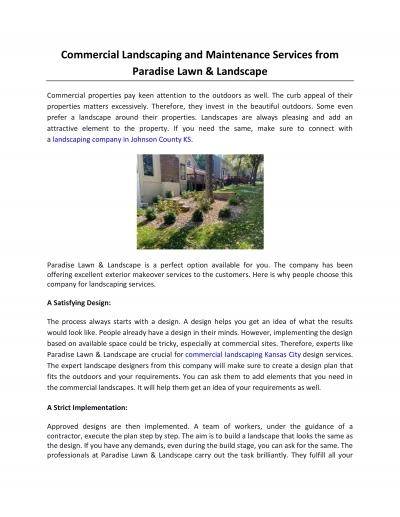PPT-Tree Protection During Construction and Landscaping Activit
Author : alexa-scheidler | Published Date : 2016-05-21
Welcome to the Center for Urban Ag Web CT Classroom Feel Free to press talk to check your voice connection Remember to print off the ISA CEU sign in sheets and
Presentation Embed Code
Download Presentation
Download Presentation The PPT/PDF document "Tree Protection During Construction and ..." is the property of its rightful owner. Permission is granted to download and print the materials on this website for personal, non-commercial use only, and to display it on your personal computer provided you do not modify the materials and that you retain all copyright notices contained in the materials. By downloading content from our website, you accept the terms of this agreement.
Tree Protection During Construction and Landscaping Activit: Transcript
Download Rules Of Document
"Tree Protection During Construction and Landscaping Activit"The content belongs to its owner. You may download and print it for personal use, without modification, and keep all copyright notices. By downloading, you agree to these terms.
Related Documents

